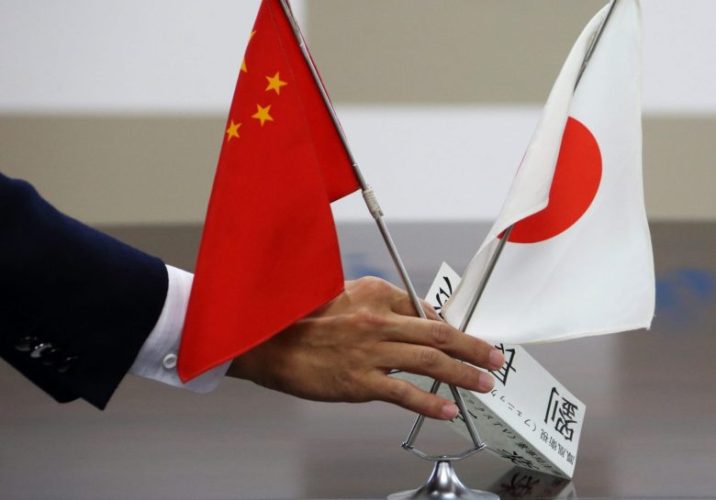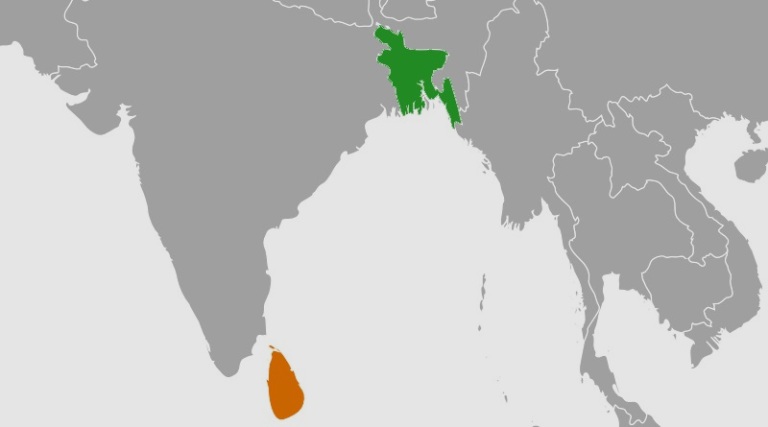
Three decades ago many fretted that Japan was set to overwhelm America's prowess; now it's China and the fears are eerily similar. COURTESY
It all happened before: 30 years ago, both American and foreign observers were obsessed about Japan leapfrogging the US, just as they are now about China, making the exact same observation about “root causes,” and some arguing for similar drastic institutional remedies in the US. Although China is no Japan, the debates within the US have been eerily similar.
Clyde Prestowitz Jr’s 1988 book Trading Places concluded that because of the United States’ failure to respond to the Japanese challenge, the power of the US and the quality of American life would decline rapidly. Pat Choate’s Agents of Influence (1990) warned of the influence of corporations and Washington lobbyists in Japan’s favor, fearing the loss business and revenue.
William Holstein’s The Japanese Power Game: What It Means for America (1990) argued that Japan’s end game was to dominate the Americas and the Pacific Rim with its auto industry, electronics, supply chains and even banking. He wrote that the US government and industry were failing to coordinate their response and that the US must pull together to counter the Japanese threat. The book also saw risk in Japan’s real-estate purchases in the US – though how that was a threat was never made clear. After all, buying real estate, or anything immobile, suggests confidence in a country, as its value is derived from rents, derived from future incomes in a prosperous place, and that would be the US.
By now everyone knows how such real-estate takeovers ended, as Mitsubishi, after paying US$1.4 billion in 1989 for 80pc of Rockefeller Center, the most prominent such deal at the time, defaulted in 1995 on its mortgages and a Rockefeller consortium together with Goldman Sachs bought back the Center in 2000.
William Dietrich, a prominent entrepreneur in the 1990s (in 2011, he gave the single biggest donations to Carnegie Mellon and the University of Pittsburgh, of $265 million and $125 million respectively), wrote in his 1991 book In the Shadow of the Rising Sun: The Political Roots of American Economic Decline that the Japanese advantage stemmed from its strong central government and skilled bureaucracy, and these would be the solutions for the United States’ malaise too, requiring drastic changes in its institutions, its constitution included. Unless the US did so, Dietrich preached, there would be a “Pax Nipponica,” with the US falling much further behind than Britain did when the US leapfrogged it.
Hardly had these books appeared before Japan’s prosperity disappeared in a puff, not to be heard of since. Instead, books since then have been about Japan’s compounding fiscal and monetary policy mistakes, and obstacles its homogenous culture and lack of immigration pose. With its low and declining fertility rates, Japan’s population is predicted to halve by 2100 from the present 120 million to 60 million (which would diminish Japan’s alleged contribution to pollution and climate change far more than any “climate policy” Japan signs on would – an issue never discussed).
The land of the Rising Sun, the title of Michael Crichton’s best-selling novel in 1990 about a Japanese conspiracy to take over the US, has become in less than 30 years the land “Where the Sun Sets.” There are other similarities between the debates of today and those of the 1990s: The US was in a recession then, was drastically restructuring certain sectors (defense among them), and unemployment hovered around 8pc.
Robert Reich, later secretary of labor for Bill Clinton, had this to say in a New York Times article in 1992: “Low productivity gains and deepening debt have been eating away at the foundations of the American economy for years.
“The reasons for these long-term ills have been well chronicled: a capital market that resembles a casino and demands immediate profits; an educational system that leaves almost 80pc of our young people unable to comprehend a news magazine and many others unprepared for work; managers who award themselves princely sums while laying off their workers … a collapsing infrastructure of unsafe bridges and potholed roads; and, more generally, a social norm … of overconsumption and underinvestment.”
Japanese observers in 1990 also noted that the United States’ problems were not because of Japan’s aggressive business tactics or limiting imports, but the United States’ high crime rates, it being drug-ridden, the US having the world’s largest share of its population in prison, American workers being less disciplined and unable to respond to the challenges following the fall of the Iron Curtain and of China deviating from its rigid ideology-driven principles, and also that a large fraction of the US came to depend on welfare and families were falling apart.
The major factor, as this series of articles will show, is that the US, perhaps with the best intentions, has been giving up on institutions that allowed it repeatedly to solve more quickly, and in an accountable manner, mismatches between talent and capital than any other country – in its research and development in particular. The eerie parallel between the US debates in the 1990s and now, though, does not imply that we can just brush aside the present worries about China leapfrogging the US.
The late Deng Xiaoping, China’s former leader and father of “socialism with Chinese characteristics,” put it succinctly in 1992: “Let a part of the population get rich first.” China succeeded in achieving this by moving away from centralization in finance and economic life, and allowing skills to be better leveraged in business, science and government, allowing them to be matched by capital from different, independent sources.
China’s success is an illustration of the pragmatic ancient adage “Primum vivere, deinde philophari” – that is, most people wanting to “live first, philosophize later.” How long its society can prosper with a party monopoly prohibiting “philosophizing” is yet to be seen. But politics and philosophy matter less when less money and decision-making flow through bureaucracies’ hands, the government becoming less of the overwhelming “financial and regulatory institution” with obscure accountability for its “matchmakers.”
The way Chinese society has been navigating away from its centralized past also suggests that when countries are leapfrogged, as was China’s case when it drastically changed its domestic policies, solutions require changes that are more fundamental than dealing with traditional fiscal and monetary matters, a case the US faces now.
The US trend over the last decades has been to mismatch skills and resources under a wide variety of faddish, myopic rationalizations that politicians subsidized and then relied on suggesting there was “science” behind them. Solutions can be found by reversing these trends and strengthening institutions that can both better match the variety of both skills and deep, independent sources of capital (the latter still being the United States’ unique feature), and correct mismatches faster.
* Reuven Brenner is a governor at IEDM. He is professor emeritus at McGill University












0 Comments